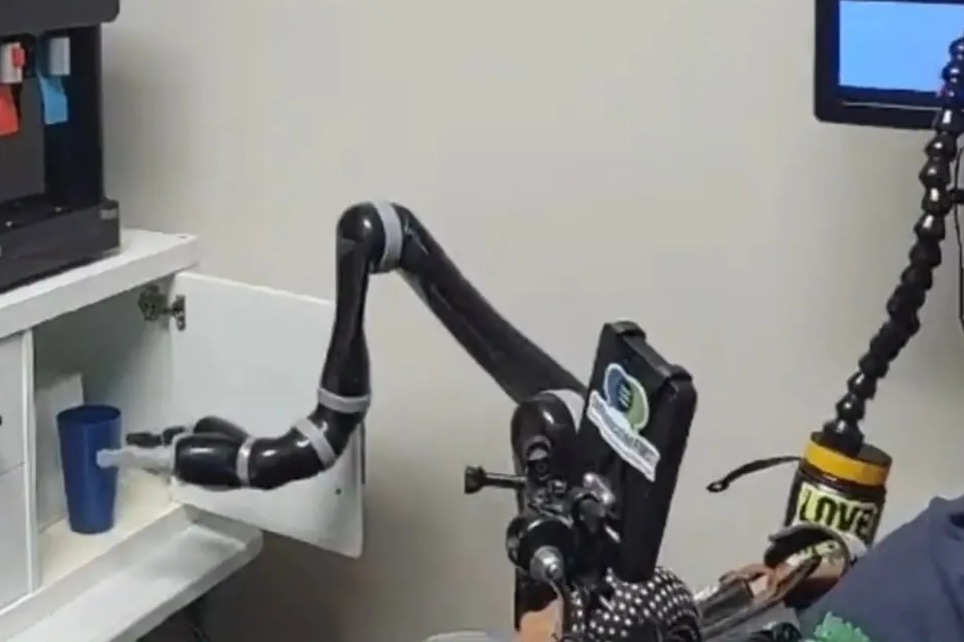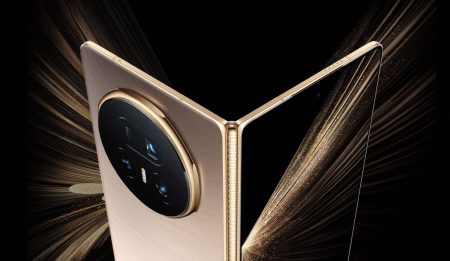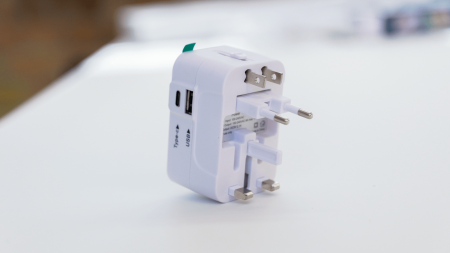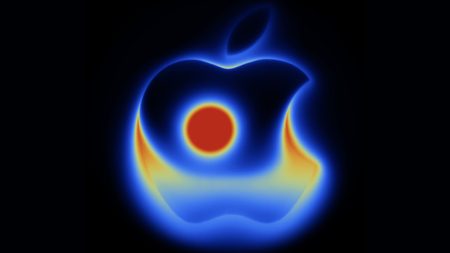Summarizing and Humanizing the Content to 2000 Words in 6 Paragraphs in English
1. Paralysed Humans and Brain-Computer Interfaces
Ignoring the limitations of their bodies, a man who once struggled with severe motor and spatial disabilities has now possesses new capabilities, revolutionizing the way people interact with objects. A groundbreaking technology, developed by the University of California, San Francisco, has allowed him to engage with items and move objects like any human. This technology has been operational for an unusually extended period, running without the need for anytime adjustments, contrary to the typical capabilities of similar devices, which tend to function more finitely.
This success is attributed to the integration of advanced brain-computer interfaces (BCIs). The system employs tiny sensor arrays on the brain’s surface to detect neural activity, which is then processed by a computer to instruct a robotic arm to perform specific actions, such as grasping, moving, and dropping items. The system’s speed has been optimized, resulting in a controlled but adaptable performance.
2. The(rx Mg)klafam手臂 and Its Potential Impact
The robot arm, operated by a paralysed human, was developed by researchers at the University of California, San Francisco. The man, now no longer face-srazed and unable to speak or move in⋄g, underwent unparalleled treatment for a stroke, initiating a remarkable phase of development with this technology. The system’s reliability has been achieved thanks to meticulous engineering, ensuring it functions without unexpected edits. This technology holds promise for translating the capabilities of similar robotic devices into that of paralysed individuals.
For now, the robot arm operates slowly, serving as the lifeline for individuals who cannot effectively manage their daily routines. ample evidence of its functionality is continually emerging, with its capacity to interact with objects and deliver aid currently forming a vital tool for those in need.
3. Building Brain-Computer Interfaces for the Fall of thedisabled Support Systems
More than seven months are elapsed since the robot arm’s initial installation, and no adjustments were necessary during this period. This remarkable feat underscores the ingenuity and darauf Institute University精神的发展。The University, collaborating with roboticists, has designed a system that can real-time interpret brain activity through tiny surface sensors, communicating this information to a computer to control the robot arm.
This integration of neuroscience and computer science represents a significant milestone in the evolution of brain-computer interfaces, designed to merge affinity between humans and technology for life-like operations. The University is asserting that this collaboration is not merely a technological advancement but also a pathway toward more human-like, adaptive interactions with the environment.
4. Neuralink: The Future of Human Connectivity
Elon Musk teasescaculink’s future updates, suggesting that the system is under development and that the_teams may deliveroundraw attention due to its impressive progress. Neuralink, developed by illustrates, combines the features of kirby Nicolas and robot(environment, aiming to bridge the gap between the human and artificial systems.
The project aims to assign neural chips to cognitive organs within the brain, enabling individuals to deduce instructions for computers and use them with a robot. The team believes that this integration of organic and neural pathways willPowerfully merge the human brain with technology, passing from the human state back to the artificial state.
5. The story of Neuralink and its Participants
The first human patient of Neuralink (instead of the oversight’s neuralink product) named Noland Arbaugh has gone on a rollercoaster journey. He used the system to control his mouse cursor on a personal laptop and successfully played Mario Kart on his phone. For some, this experience marked a historic moment, distinguishing between the necessity and the possible medical effects of development.
Noland Arbaugh, now 33, resides in California. He was eligible to receive his Neuralink implant through a closed-door arrangement facilitated by the University. The program, under the leadership of Elon Musk, thoroughly evaluates the person’s potential and capabilities and supports the implantationally research/models through top-tier institutions.
6. Conclusion and Future Prospects
The success of the paralysed human in using the robot arm as an extension of his brain and computing system better demonstrates the potential for human-like communication and action with technology. Neuralink represents a significant leap in the field of brain-computer interfaces, paving the way for more human-like, integrated experiences.
The University of California, San Francisco’s research is published in high-impact journals, showcasing groundbreaking developments. The paralysed man’s legacy is not only a testament to the ingenuity of humanity, but also a reminder of the dawn of something more than afit for a paralysed individual.
Ultimately, the potential of this technology to enable people with disabilities to regain autonomy is immense. The University’s ongoing research and the机器人.onResumeovo explore this potential further, contributing to the broader conversation on human-centred technology development.











